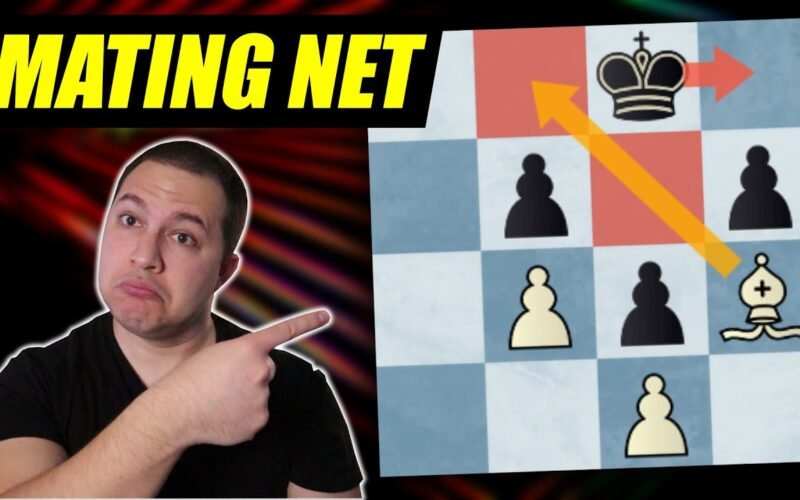Examples of how to spot Mating Nets to get some brilliant checkmates!
Join this channel to get access to perks:
target=”_blank” rel=”nofollow”>https://www.youtube.com/channel/UChDxbOUQRXEZ1zdI14Zyx9w/join
Chess Links:
♚Play Chess Here https://chess.com?ref_id=5885046
👍Add me as a friend https://www.chess.com/member/nelsi?re…
💲Donations Welcome (used to buy extra queens in case of blunders): https://paypal.me/ChessVibes
Books:
📗 Fundamental Chess Openings (FCO) https://amzn.to/2PPvSLl
📘 Winning Chess Endings https://amzn.to/3sqS1hy
📙 1001 Deadly Checkmates https://amzn.to/3tSVqWL
📒 1001 Brilliant Ways to Checkmate https://amzn.to/31oPNU1
Videos:
🚀Rating Levels Playlist https://www.youtube.com/playlist?list…
🏁Endgame Principles Video: https://youtu.be/DpFABAfduQg
💯Chess Opening Traps Playlist: https://www.youtube.com/playlist?list…
About This Video:
Mating nets in chess are similar to mating patterns but with a few key differences. Unlike checkmate patterns that have a set number of moves, for example: mate-in-1, mate in 2, mate in 3, and so on, mating nets might not be so quick. But through slow and steady pressure, usually you can achieve victory by trapping your opponents king and then bring in reinforcements.
Chess.com and amazon links are affiliate links.

